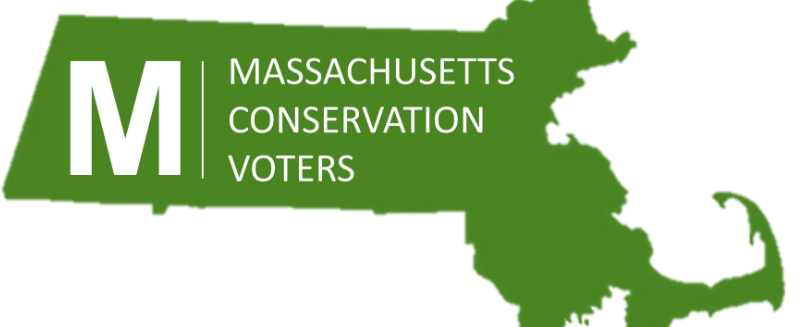Christopher Ingraham | The Washington Post | January 11, 2019
A new study published in the journal Social Science Research finds that Americans report greater levels of happiness in states that spend more money on public goods such as parks, libraries, infrastructure and public safety.
In economics, public goods are defined as goods that are available to everybody and to which no one is excluded from using. “They’re typically not profitable to produce in the private market, so if the government doesn’t provide them, they will either be underprovided or not at all,” study author Patrick Flavin of Baylor University said in a statement.
Because they’re available to all, spending on public goods tends to be less politically contentious than other spending categories, such as antipoverty programs or unemployment benefits. Flavin suspected spending on these types of goods would be linked to higher levels of happiness in a given state. By devoting resources to amenities that otherwise would probably not exist, “government can help to create and sustain communities that are more enjoyable to live in,” Flavin writes.
Beyond that, it seemed likely that spending on public spaces in particular — such as parks, libraries and nature preserves — would help promote social cohesion in ways that previous research has shown to be beneficial to well-being. Finally, there’s the simple fact that public investment tends to increase property values, and people with more money tend to report higher levels of life satisfaction, all else being equal.
To test his theory, Flavin collected individual-level data from the General Social Survey for the years 1976 to 2006. He was specifically interested in the survey’s question on life satisfaction, which asks respondents to rate their well-being on a three-point scale: “Taken all together, how would you say things are these days — would you say that you are very happy, pretty happy, or not too happy?”
He aggregated the GSS data at the state level and paired the responses with census data on state finances over the same period. He defined public goods as spending that fell into the following five categories: libraries, parks and recreation, natural resources, highways (excluding toll roads) and police protection. He calculated spending on these categories as a share of total gross state product in a given year, which allows for comparisons between states and years, and “accounts for the fact that richer states may spend more (on a per capita basis) on a wide array of government programs than poorer states,” as the paper explains.
To read the full article, please click here.
